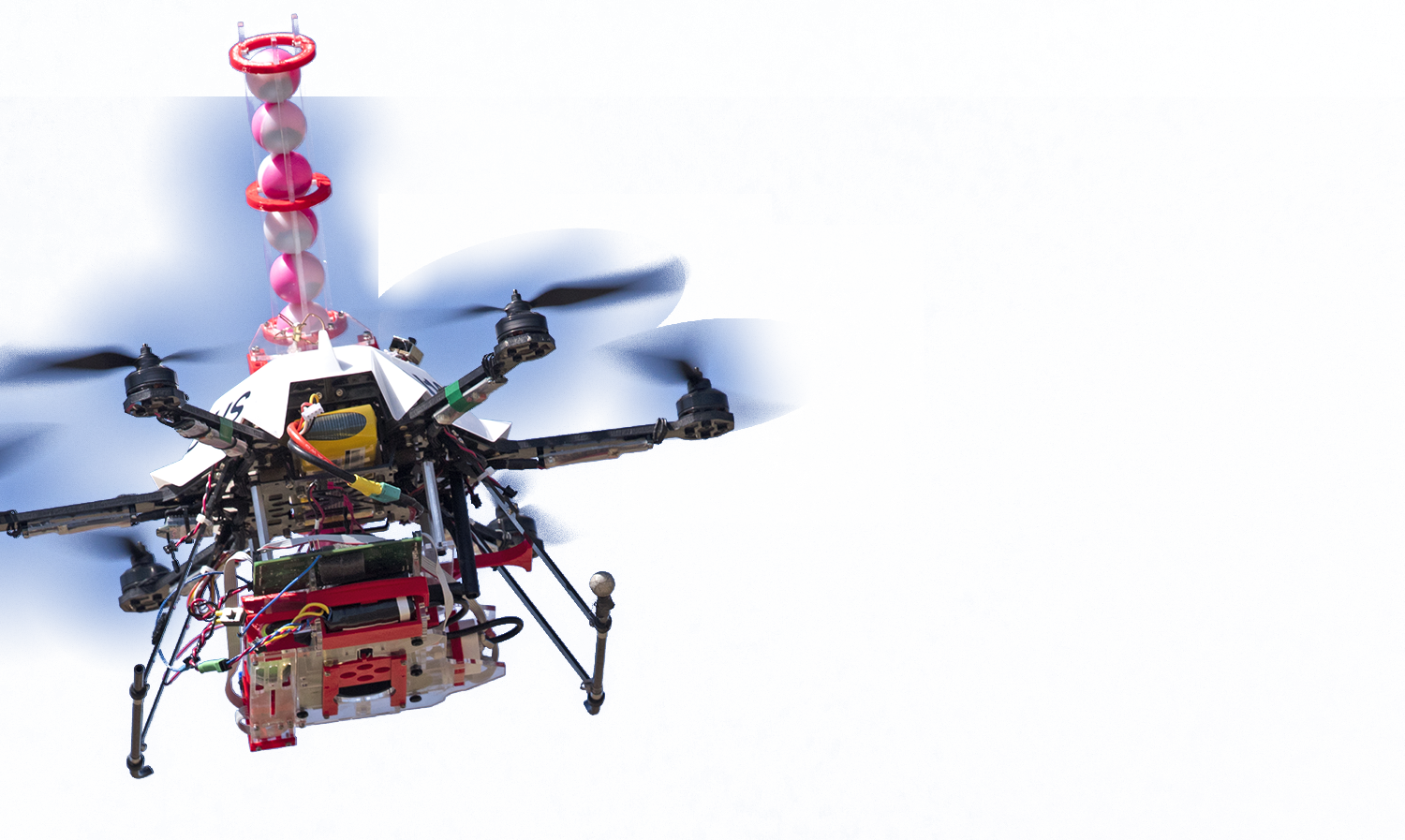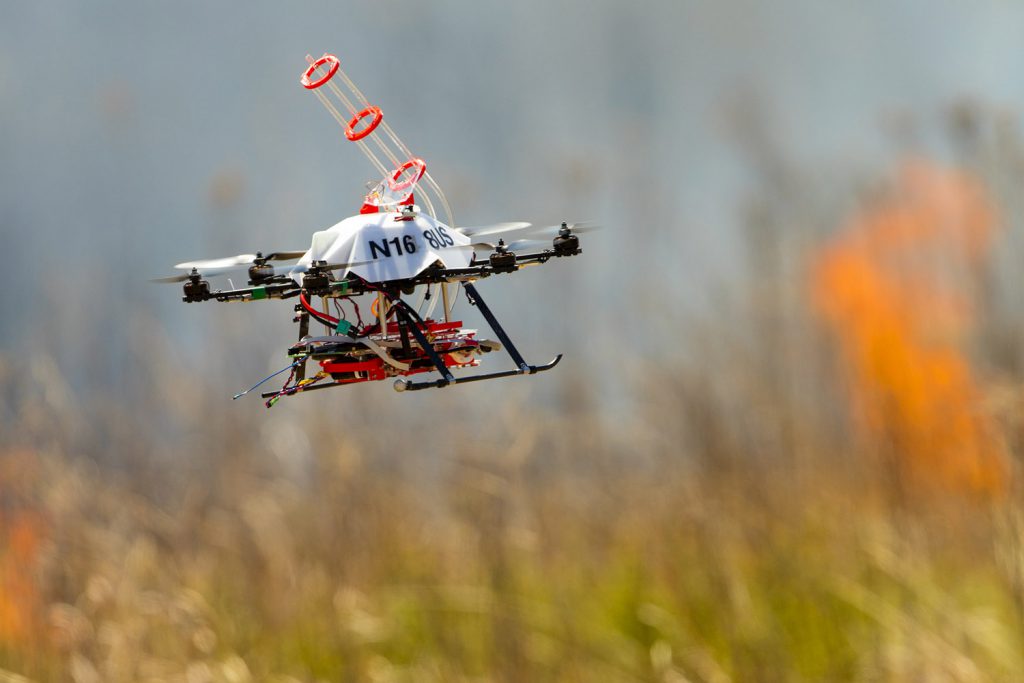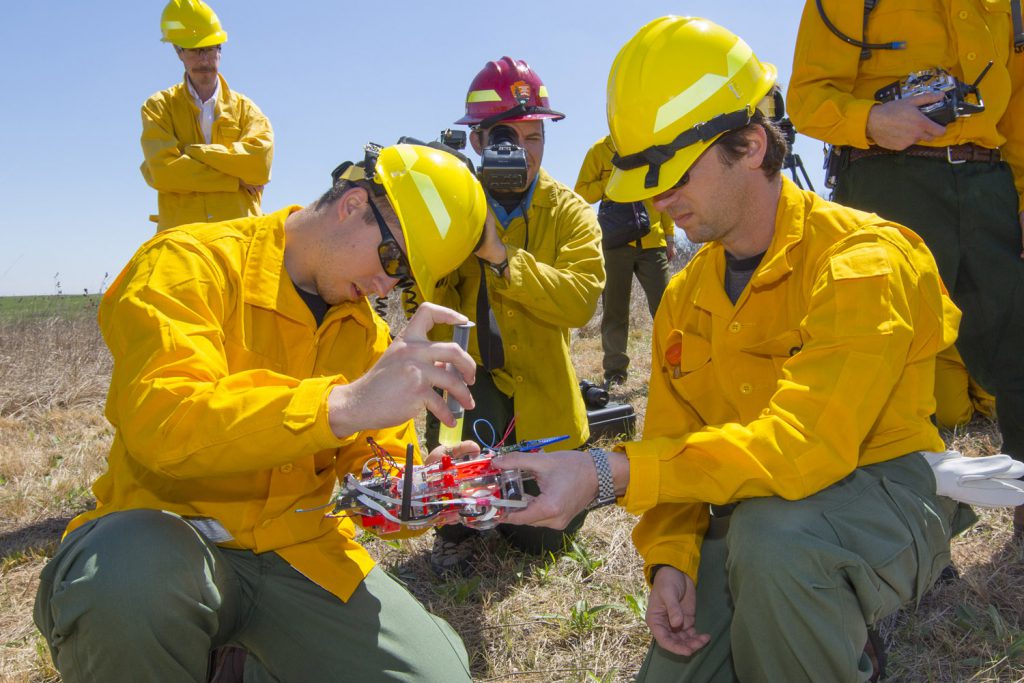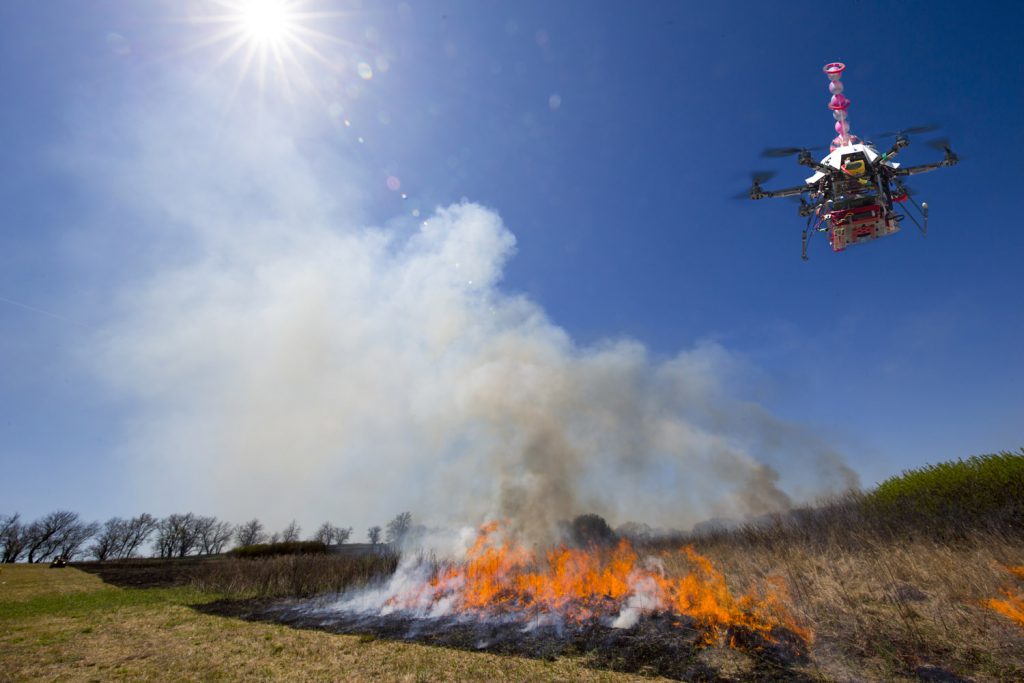- Menu
-
Enhancing Sorghum for Biofuel Production
Food, Energy and Water
-
Getting to the Root of Crop Improvements
Plant Science
-
New Chancellor Envisions Bold Future for Research
Leadership
-
NU FEWS Sparks Innovation in Food, Energy and Water
Food, Energy and Water
-
Closing Achievement Gap for Kids
Early Childhood
-
Enhancing Early Childhood Development
Early Childhood
-
Drones Could Help Fight Fire with Fire
Unmanned Aerial Vehicles
-
Surprising Discovery Contradicts Predictions
X-ray Material
-
Laser Creates Surfaces that Mimic Nature
Laser Research
-
USSTRATCOM Delegation Visits UNL
Defense Research
-
Prospecting with Biosensors at Home or in the Field
Chemistry
-
Gift Creates Johnny Carson Emerging Media Arts Center
Media Arts
-
System Helps Diagnose, Treat Brain Damage
Health
-
UNL Hosts University, Industry Leaders
Industry Relations
-
Momentum Builds on Nebraska Innovation Campus
Economic Development
-
Bioinformatics Focus for NIC’s First Faculty Startup
Bioinformatics
-
Improving Surgery through Robotics
Robotics
-
CD Celebrates Collaboration with Philip Glass
Performing Arts
-
Strengthening Region’s Nanotech Assets
Nanoscience
-
Geospatial Technology Helps Restore Wetlands
Environment
-
Maximizing Innate Talent
Leadership
-
Early Career Awards Boost Promising Research
Honors
-
Research Highlights
-
Accolades
-
Financials
-
Credits
-
On the Cover
- PDF version

Drones Could Help Fight Fire with Fire
Imagine sending drones instead of people into dangerous wildfire management situations.
UNL researchers are developing fire-starting drones that could change how wildfires are fought and aid prescribed burns that rejuvenate prairies and quell invasive trees that threaten grasslands.
Team leaders Sebastian Elbaum and Carrick Detweiler, UNL computer scientists and drone experts, envision their technology someday becoming standard safety equipment for wilderness firefighters. They’ve field tested drones small enough to fit in a backpack but smart enough to navigate in dangerous conditions.




“UNL is pioneering this merging of two very risky, highly regulated technology fields: fire and unmanned aviation,” Elbaum said.
Their drones carry a cargo of ping pong-like balls filled with a powder. Before release, balls are injected with glycol, triggering a chemical reaction. Balls drop and ignite within 60 seconds. A similar method is used to start conservation fires using helicopters and hand-held launchers, Detweiler said. Drones also can be flown over fire lines to monitor conditions and gather data.
Prototypes have performed well in field tests, including a prescribed burn in April 2016 at Homestead National Monument of America, in cooperation with the National Park Service and the U.S. Department of the Interior.
“A tool like this might be one of the answers to making these fires safer.”
Elbaum and Detweiler co-direct UNL’s Nebraska Intelligent Mobile Unmanned Systems, or NIMBUS, laboratory. They’re patenting their technology through NUtech Ventures, UNL’s technology commercialization affiliate.
Fire is a powerful tool for restoring grasslands and one of the most effective ways to control invasive species, such as eastern redcedar, said Craig Allen, director of the Nebraska Cooperative Fish and Wildlife Research Unit, and Dirac Twidwell, a fire ecology expert, who are part of UNL’s multidisciplinary drone development team. Twidwell leads a Nebraska Game and Parks Commission-funded project to develop tools to control invasive cedars.
“We need to burn more, but we can’t because of logistics,” Allen said.
Drone technology will make prescribed burning easier and safer, they said. Federal officials are interested in trying the drones on more rugged federal lands.
“A tool like this might be one of the answers to making these fires safer,” said Mark Engler, superintendent at Homestead National Monument of America.
Additional content
Fire-starting drone could aid in conservation, fire prevention
